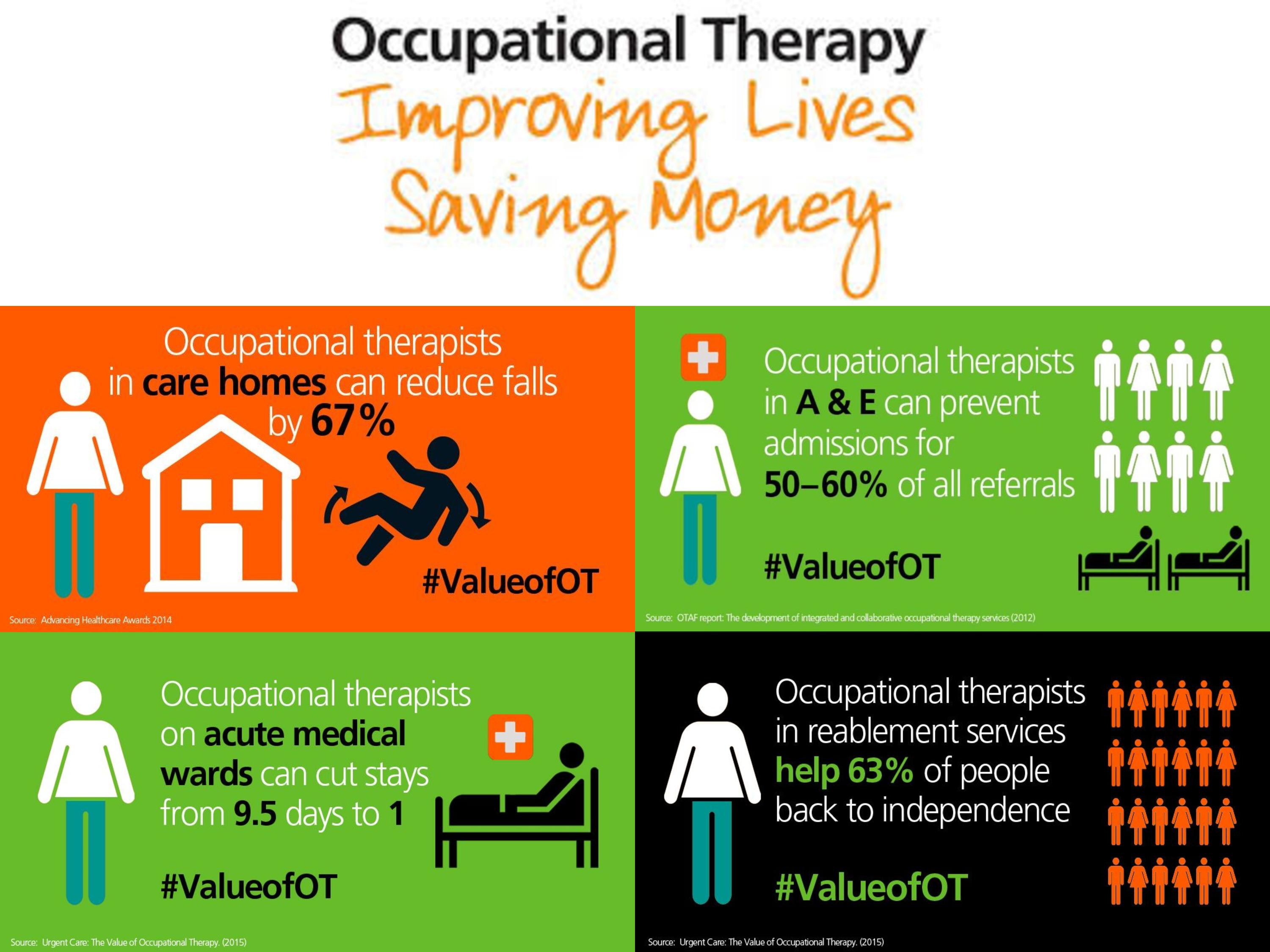
Sustainability Series: Occupational Therapy: Improving Lives, Saving Money, Reducing Carbon
This month we welcome Ben Whittaker our Sustainable OT lead at the Centre for Sustainable Healthcare to round off the sustainability series with some insights into sustainable OT. Following this post will be three others from CSH’s occupational therapy sustainability volunteers, Niamh, Sam and Jenny.
-----------------------------------------------------------
Last month I wrote about the Guiding Principles for Sustainability publication by the World Federation of Occupational Therapists (WFOT) and touched on some of the other work that the WFOT has done around sustainability issues. The Swedish Association of Occupational Therapists has shown how member associations can lead on this work with their own sustainable development publications, as posted last week by their president Ida Kåhlin.
In the WFOT sustainability guiding principles there is exploration about how occupational therapy aligns with sustainable healthcare models. However, occupational therapists generally aren’t aware that we can frame our practice in this way.
When I first saw Frances Mortimer’s four pillars of sustainable clinical practice that are used at CSH, it struck me that the first two of these pillars, namely preventative healthcare, and patient empowerment and supported self-care, are already integral to occupational therapy practice.
The Sustainable Development Unit’s Route Map for Sustainable Health described six vision statements for healthcare in 2050, including “models of care where health is less a medical matter and more about us having control over our own well-being”. This is an approach that fits well with occupational therapy.
The Sustainable Development Strategy followed this in 2014. In the accompanying ‘Sustainable clinical and care models’ module, a description was given of six elements of a sustainable healthcare system: living well, prevention and early intervention, enablement and support, acute and specialist rehabilitation, and dying well. Again, these elements are integral to occupational therapy practice.
From the above, we can see that occupational therapy is already following sustainable healthcare principles. This is further illustrated through the great Improving Lives, Saving Money campaign that the Royal College of Occupational Therapists (RCOT) is running.

This name of this campaign highlights in turn the social and economic benefits of occupational therapy, examples of which are given in the above diagram. These are benefits that should certainly be communicated far and wide, particularly considering the current economic pressures on the UK healthcare system.
We as health professionals should be mindful not just of the short-term pressures that we are currently facing in the health system but also thinking about longer-term issues and the need to move towards a sustainable healthcare system.
For healthcare to be sustainable it must meet the triple bottom line of social, economic and environmental agendas, which are interrelated and interdependent. It follows that the examples of social and economic benefits in the Improving Lives, Saving Money campaign will also bring environmental benefits too.
Using one of the campaign examples in the above picture, when occupational therapists on acute medical wards cut patient stays from 9.5 days to 1 day, then this is a saving of 322kg of CO2e per patient.
A more in depth case example from the campaign came from a year long study by the RCOT, which found one occupational therapy service saving around 15,000 bed days in a year. This was the Frail Older Persons Assessment and Liaison (FOPAL) team at the University Hospital of Wales. The length of stay for the ‘well frail’ cohort was over 21 days before the FOPAL team formed. Over 12 months, the team saw 854 patients, discharging 33% the same day as assessment (saving 5,501 bed days) and 66% within 3 days (saving 10,134 bed days). The financial savings of £961,552 were reported by the BBC. This reduction in bed days also brought huge environmental benefits, translating to saving 573.62 tons of CO2e that year.
As a result, the name of the RCOT campaign could justifiably be expanded to Improving Lives, Saving Money, Reducing Carbon. We as occupational therapists could be advertising our sustainable models of care more widely.
Ongoing challenges are that we work in a healthcare system where we need to be ever mindful of Mortimer’s other two pillars of sustainable healthcare practice, which leads to two questions: How could our care pathways be leaner and more efficient? And do we prescribe the most sustainable forms of occupations and equipment where possible?
There are manifold ways that occupational therapists can work towards a more sustainable future. One emerging area for occupational therapists is that we could work with a well population who want to develop more sustainable lifestyles, for example, with Green Lifestyle Redesign. This would broaden our client group, taking us into new areas and settings outside of the health service.
If you’d like to get involved in any of the above, then please do sign up to Occupational Therapy Susnet and get in touch with your ideas.

